Sixteenth century stone walls rise majestically above blue water and tower over the harbor entrance. They cast shadows into the colonial city of Curacao while their cavernous tunnels and winding staircases take us back to a time hundreds of years ago when the Dutch East India Company built these massive masonry forts strictly for strategic defensive purposes.
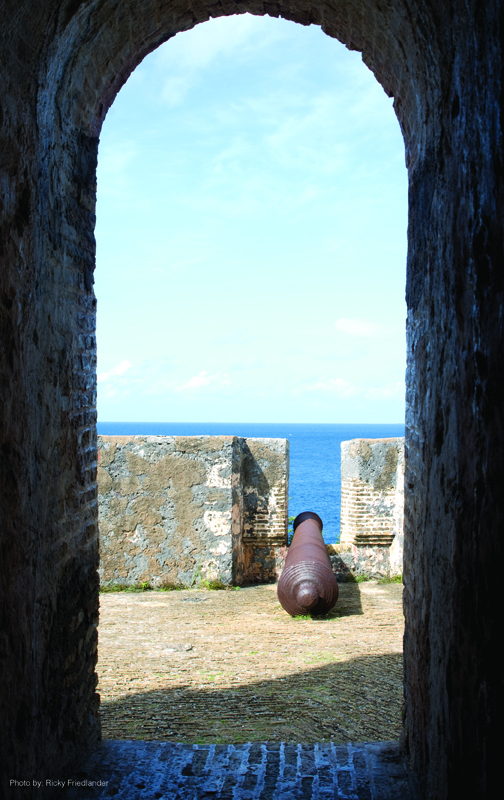
Curacao is home to authentic defensive forts that still stand as remarkable representations of the island’s allure. When in Willemstad, it’s hard to miss the forts that once protected this colorful city. Now, with so much within the confines of these once-imposing buildings, from museums and historic tours to upscale shops and restaurants natives, ex-pats and visitors can and do frolic in Curacao’s fabulously functional forts for unforgettable fun, food and culture.
The Dutch toiled for three centuries to secure the island and protect its interests. While Fort Amsterdam was built to serve as the island’s primary protecting structure, several smaller forts were erected to protect individual sections of the capital city. Despite being under constant attack first by Spain, then England and France, eventually Venezuela and Germany, and repetitively by pirates and privateers this complex of forts accomplished the feat of protecting the Dutch colony for nearly 400 years.
Six of eight forts still exist and have a stronghold on modern day Curacao functioning as converted hotels, shops and restaurants and transformed into museums or professional offices.
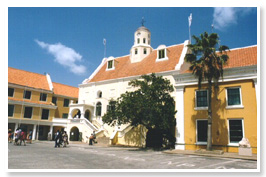
Fort Amsterdam
Origin – Built in 1635 on the strategic point (Punda) was named after the Chamber of Amsterdam Points of interest – Was the most important of Curaçao’s forts and served as the island’s primary protecting structure and is included in UNESCO’s list of World Heritage sites.
Go there to see – the Governor’s home, the island’s Ministry and numerous government offices, a museum and the United Protestant Church, both of which remain open to the public. Check out odd sights such as the cannonball embedded in the fort’s southwestern wall that was fired by Captain Bligh’s troops.

Fort Beekenburg
Origin – Built in 1703 at the Caracas Bay, which covered the “Spanish Waters” inner Bay and named for Director van Beek who planned the city’s defense from 1701 to 1704.
Points of interest – This fort warded off French and English fleets as well as pirates more than once during the 18th century. It is one of the best-preserved forts in the entire Caribbean.
Go there to see – Remnants of the fort, visit the beach and rent water sports equipment (small entrance fee).

Fort Nassau
Origin – Built in 1797 to defend the St. Anna Bay and part of the city of Willemstad. Named for the Royal House of Orange.
Points of interest – Preserved close to its original state for many years it served as a harbor signal and control tower, regulating the opening and closing of the Pontoon Bridge.
Go there to see – A restaurant with 18th century appeal and bar built on a hilltop overlooking Willemstad in the ruins of a buttressed fort.
Fort Waakzaamheid
Origin – Built in 1803 this smaller fort, with its view over Otrobanda, was built to defend the island against a French invasion.
Points of interest – In 1804, it fell victim to a 26-day siege by Captain Bligh of “Mutiny on the Bounty” fame. During World War II, the Americans mounted guns on the walls, and established barracks and an observation post.
Go there to see- A restaurant serving international cuisine and a popular choice for private parties, receptions and business meetings
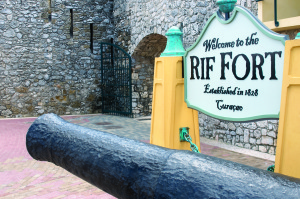
Fort Rif Fort
Origin – Built in 1828 to defend the outer section of Willemstad’s Otrobanda district. This fort stands between the harbor entrance, sea coast and the former Rifwater.
Points of interest – Riffort has been home to the Authority, Public Works, the police, and the Boy Scouts.
Go there to see – Riffort Village, a shopping center, restaurants, bars, an ice-cream & coffee shop and scenic terraces overlooking the harbor.
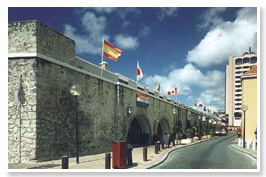
Waterfort
Origin – Built in 1634 to defend the outer section of Willemstad’s Punda district.
Points of interest – in 1827 the original structure was replaced by a building with 136 turrets and vaults containing stores, stables, and medical services. This fort accommodated troops during World War II and showcased coastal and anti-aircraft artillery on its walls.
Go there to see – Punda’s most popular eateries and terraces overlooking the sea
Written by Shari Reinhart
Photos by Ricky Friedlander












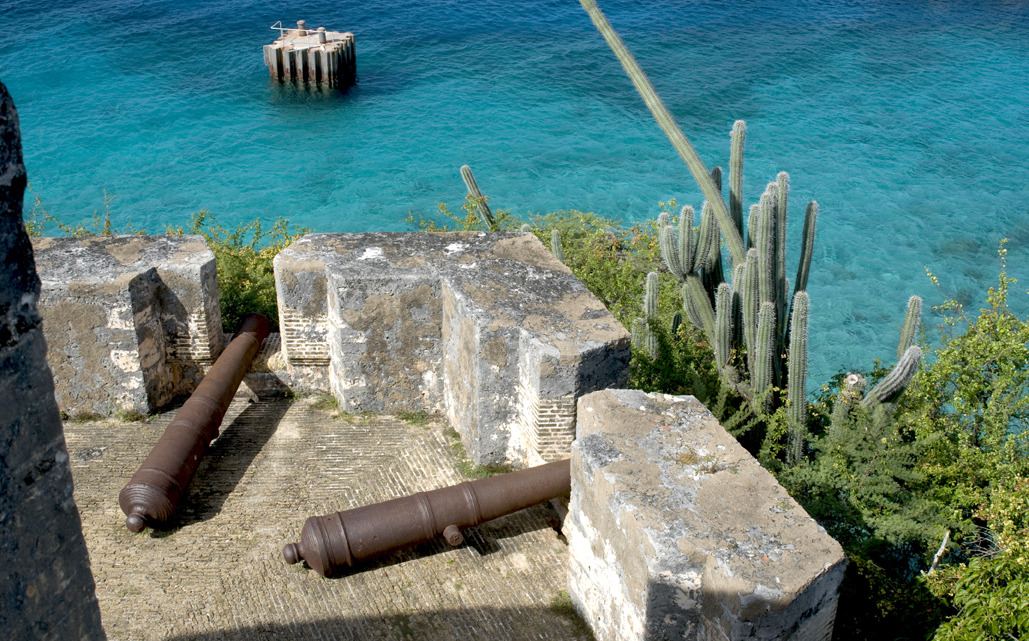
No Comment